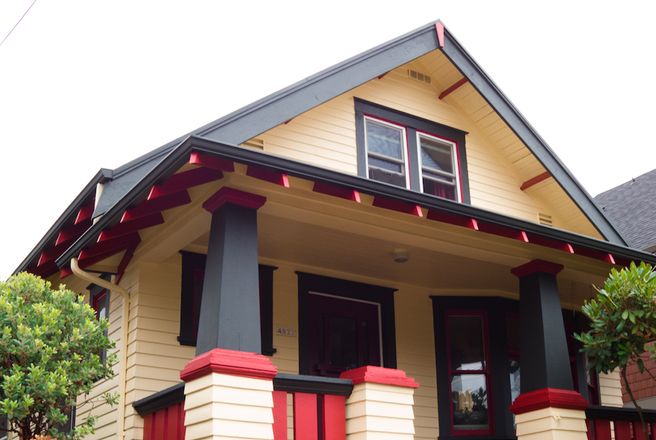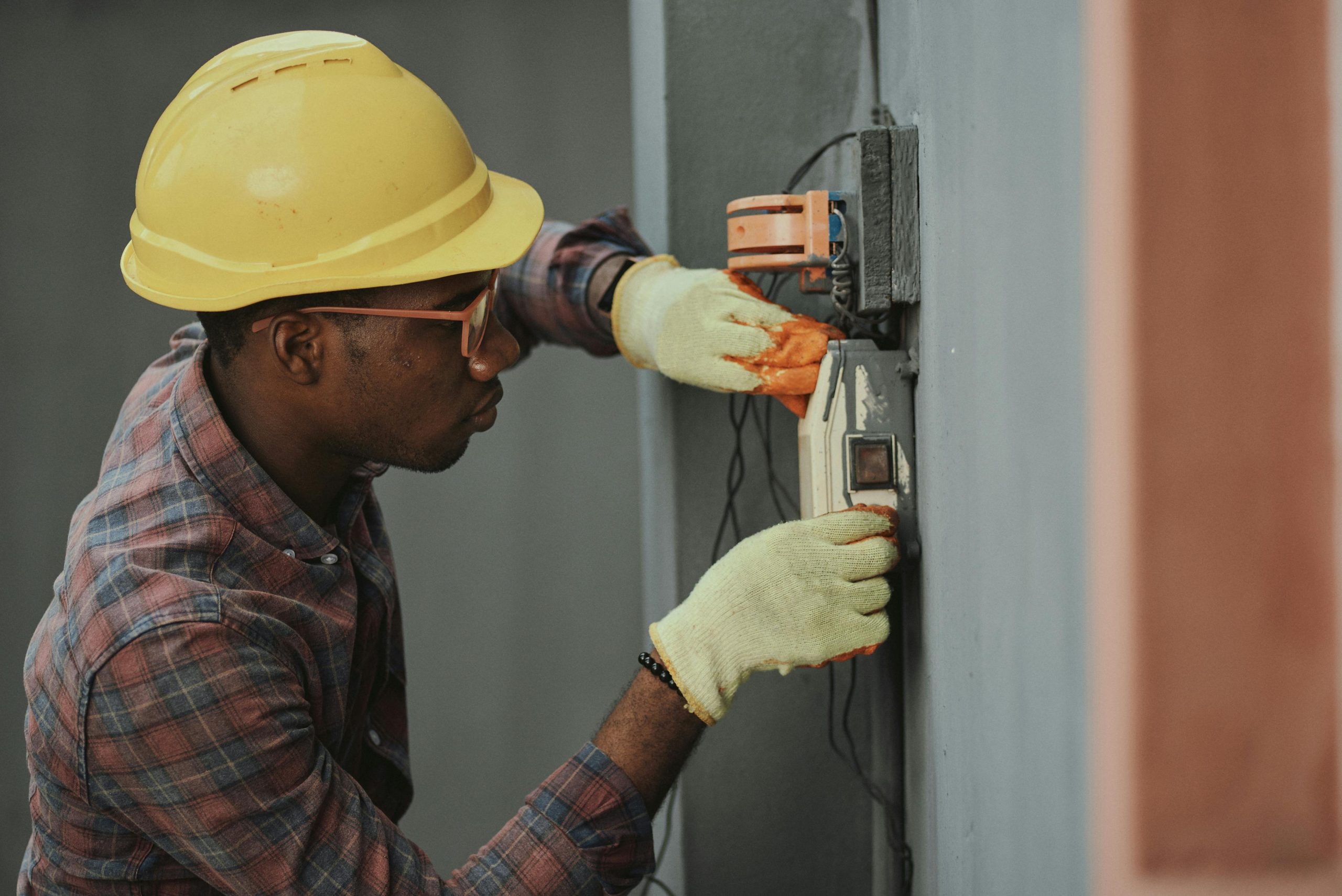Table of Contents
- Introduction to Exterior Painting
- Choosing the Right Color Palette
- Preparing Your Home’s Exterior
- Selecting the Best Paint Type
- Essential Painting Tools and Materials
- Step-by-Step Painting Process
- Common Mistakes to Avoid
- Maintaining Your Newly Painted Exterior
Introduction to Exterior Painting
Embarking on an exterior painting project is an exciting endeavor that can dramatically elevate your home’s curb appeal and provide it with essential protection against the weather. A well-executed exterior painting job not only refreshes the appearance of your residence but also fortifies it against environmental damage. This undertaking requires a harmonious blend of aesthetic sensibility and practical skill, encompassing both the art of color coordination and the science of protective layering.
Like interior painting, exterior painting plays a dual role; it’s a canvas for expressing style while serving as a shield against nature’s elements. Whether you’re on the market to sell or just aiming for neighborhood envy, a fresh coat of paint can transform your abode, making it the jewel of the neighborhood.
Choosing the Right Color Palette
The choice of color is pivotal in defining the character and allure of your property. The colors you select can enhance your home’s architectural features and complement its surroundings. Understanding the psychological impacts of colors can aid in creating a welcoming and invigorating exterior. According to a color psychology study, different hues can evoke distinctive moods and perceptions—blue is often calming, while yellow may energize.
When choosing a palette, consider the existing environment, including the natural surroundings and neighborhood trends. Try painting small test patches to observe how chosen shades interact with changing light throughout the day. This simple act can prevent potential regret and ensure that your selected hues harmonize beautifully.
Preparing Your Home’s Exterior
The foundation of a great paint job is preparation. Without proper prep work, even the best paint won’t adhere properly or last through the seasons. Start by thoroughly cleaning the surfaces to eliminate grime, mold, and old, flaking paint. Power washing can be highly effective in achieving this. Follow up with sanding to smooth any rough patches and improve paint adhesion.
After cleaning and sanding, priming is a must. Primer acts as a neutral layer that covers existing colors and imperfections, allowing the new paint to shine vividly. Skipping these preparatory steps might save time initially but could lead to costly repairs down the line.
Selecting the Best Paint Type
Picking the right type of paint is not just about personal preference—it’s also about ensuring durability and longevity. Latex paints are popular for their elasticity and resistance to cracking over time, making them suitable for most climates. They also emit lower fumes, benefiting both the environment and indoor air quality if windows need to be kept open during application.
On the other hand, oil-based paints are known for their robustness and are often used on surfaces that undergo frequent wear and tear. When deciding on paint, factor in your local weather conditions and the type of surface material present. This tailored approach will help you achieve both stunning results and maximum durability.
Essential Painting Tools and Materials
The efficiency and quality of the painting process are greatly improved by arming yourself with high-grade tools. Essential tools include premium brushes and rollers, which are designed to deliver smooth, even coats. Painter’s tape is indispensable for keeping lines crisp along edges and trim.
Safety must also be a priority. A sturdy, reliable ladder is crucial to reach higher areas safely, reducing the risk of accidents. Additionally, investing in good drop cloths can protect walkways and foliage from accidental drips, ensuring that the focus remains on your beautiful new exterior.
Step-by-Step Painting Process
Systematic application is your guide to a stellar finish. Begin with a primer; it provides a clean slate that enhances paint adhesion and color vibrance. Follow this with at least two coats of your chosen exterior paint, allowing ample time for drying between applications—this patience pays off with a resilient, rich finish.
For a visual understanding, explore a practical demonstration through a comprehensive tutorial video. Such resources offer invaluable insights and tips that can refine your technique and elevate the overall outcome.
Common Mistakes to Avoid
Learning from others’ missteps can save you from unnecessary headaches. Avoid painting in less-than-ideal weather conditions; extreme temperature fluctuations can hinder drying and lead to cracking. Overlapping or insufficient coats can also diminish the overall impact and longevity of the paint.
Meticulous planning and execution will ensure that these common pitfalls don’t mar your project, steering you clear of setbacks that could compromise your exterior’s appeal and integrity.
Maintaining Your Newly Painted Exterior
Post-painting care is crucial for preserving your investment. Regular maintenance, including routine inspections and gentle cleaning, can prevent minor issues from escalating into significant problems. Simple actions, such as hosing down dirt during a dry spell, can keep your facade vibrant and eye-catching.
An engaging article on maintenance tips provides strategic guidance on sustaining your paint’s freshness and durability. Maintaining your painted exterior will keep your home at the admiration point within the neighborhood while also increasing its market value.





